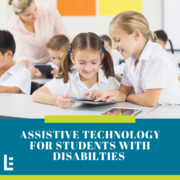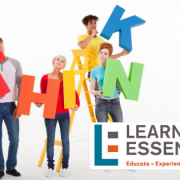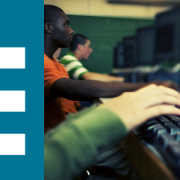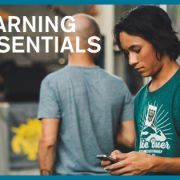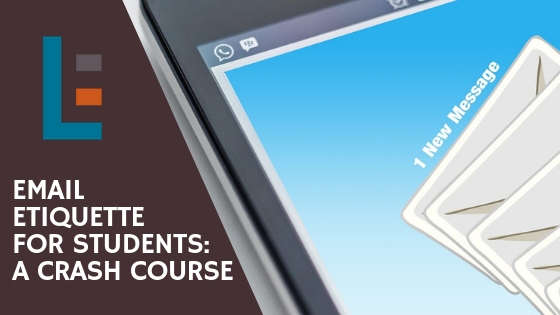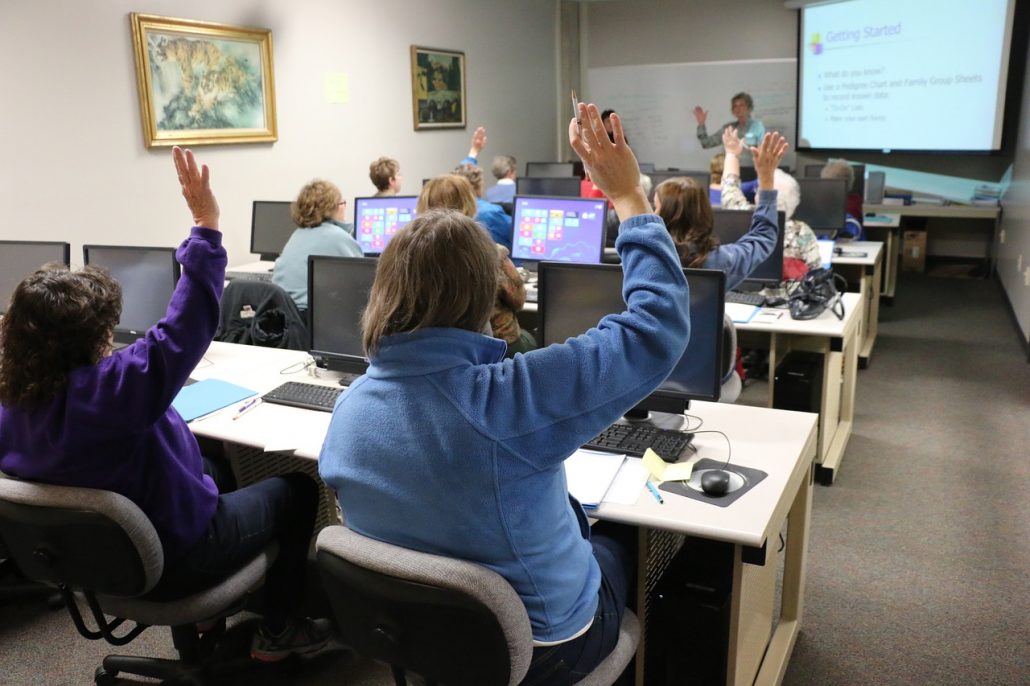Zoom Fatigue
Distance learning is now the norm, at least for the remainder of this school year and for summer school. Now that many students, teachers, and communities have somewhat adapted to this “new normal,” we find ourselves engaging with screens and virtual platforms much more than we would have ever anticipated. Cue the new symptom or side effect of our post-pandemic circumstances—Zoom fatigue.
How is this real?
While it may sound melodramatic, this new form of lethargy can be scientifically explained. Zoom fatigue, as experts are calling it, happens when our day-to-day communications, whether they be for work, learning, or leisure, exist primarily in front of a screen and/or camera. These extended conversations and engagements on screen may seem like a passive form of communication. However, video chats, no matter what the purpose, involve much more than simply sitting in front of the screen.
What causes the fatigue?
Believe it or not, the “face time” can become exhausting. Consider this: In normal social settings and conversations, we do not maintain 100% front-facing, continuous eye contact. As social beings, even when attending a lecture or work conference, we have a tendency to glance around, examine the surroundings, check in and out of the speaker’s presence, whisper to our neighbor for clarification, take notes, etc. We are actively engaged and listening attentively, even when our gaze is elsewhere.
However, with Zoom and other video conferencing platforms, the camera holds our gaze captive. Participants, with a desire to appear 100% engaged, overcompensate while on camera. Am I sitting up straight? Was that a joke? Should I be laughing? Can people see my half-eaten lunch? Are my kids screaming in the background?
Furthermore, since we are able to see ourselves during these calls, we become acutely aware of where we are looking, how we are looking, and how others are seeing us. It becomes a very inorganic way of communicating that consumes us with this idea that we are broadcasting ourselves in some sense. It is no different for students, either.
In addition to the overwhelming sense of engagement that kids might feel compelled to present, Zoom fatigue is also caused by the multi-tasking nature that the platform affords. While semi-focusing on the teacher’s explanation or instructions, students are likely scrolling through email, responding to texts, chatting in the Zoom chat, eating a snack, and/or listening to the television in the background. This level of stimuli makes it nearly impossible for kids to be active listeners. They may be sitting in the camera frame, but their minds are elsewhere. This is especially the case when Zoom meetings run long or when students sit through multiple Zoom calls throughout the day.
Because of the tendency for students and teachers to experience Zoom fatigue while attempting instruction and learning, its use requires a bit of strategizing in order to ensure full engagement. So what are we to do? Check out part II, where we will discuss strategies for warding off Zoom fatigue. We will also provide instructors and tutors with tips for checking for and maintaining engagement throughout classes and tutoring sessions.


